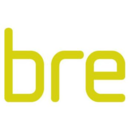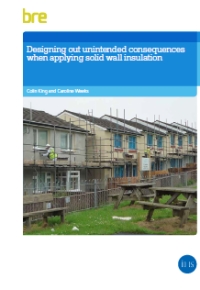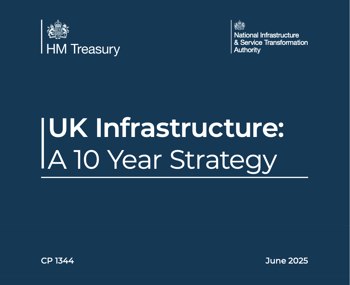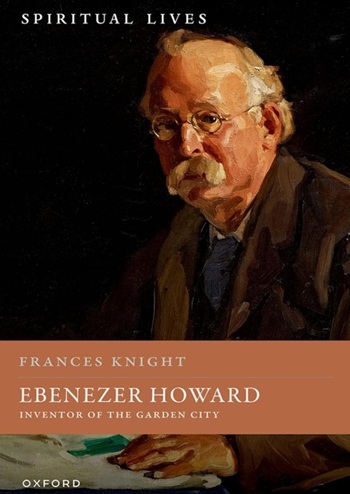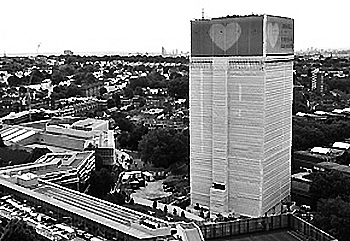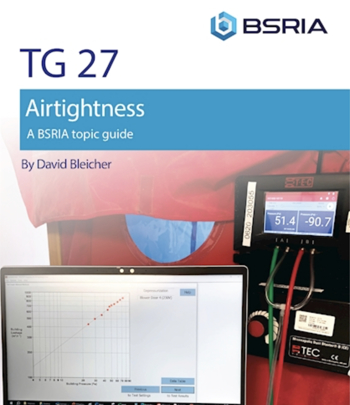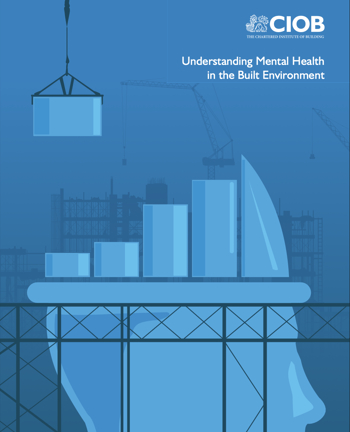Designing out unintended consequences when applying solid wall insulation FB 79
BRE (Building Research Establishment) is an independent, research-based consultancy, testing and training organisation, operating in the built environment and associated industries.
On 31 March 2016, BRE published Designing out unintended consequences when applying solid wall insulation (FB 79), written by Colin King and Caroline Weeks.
The guide points out that around 80% of the existing housing stock will still be in use in 2050, and so if we are to achieve targets to reduce carbon emissions, it is important that efforts are made to improve the performance of these buildings. Refurbishing solid walls with externally or internally applied insulation can help reduce heat loss, but it can also cause problems such as condensation and mould growth if it is not installed correctly.
FB 79 provides advice about how to assess potential risks and reduce the likelihood of long-term problems, including:
- Surveying and assessing risk and existing ventilation.
- Detailed design.
- Quality assurance on site.
- Adopting an integrated approach.
The 24 page guide is intended for surveyors, designers and installers, but it will also be useful for clients and householders, helping ensure expectations are realistic as they commission an appropriate team of professionals to undertake installation.
Its contents are:
- Introduction and background.
- Types of unintended consequences.
- Causes of potential problems with solid wall insulation.
- Tackling the causes of unintended consequences.
- Conclusions.
- References.
[edit] Related articles on Designing Buildings Wiki
- BRE and Willmott Dixon project to retrofit of a 1920s semi-detached house.
- BRE articles on Designing Buildings Wiki.
- BRE Buzz articles on Designing Buildings Wiki.
- Building Research Establishment BRE.
- Cavity wall insulation.
- Cold bridge.
- Condensation.
- Floor insulation.
- Insulation specification.
- Insulation.
- Roof insulation.
- Solid wall insulation.
- Solid Wall Insulation: Unlocking demand and driving up standards.
- U-value.
- Wall insulation and moisture risk.
[edit] External references:
- Reducing thermal bridging at junctions when designing and installing solid wall insulation (FB 61).
- Conventions for calculating linear thermal transmittance and temperature factors (BR 497, 2nd edn).
- Understanding dampness (BR 466).
- Thermal insulation: avoiding risks (BR 262).
- Fire performance of external thermal insulation for walls of multi-storey buildings (BR 135, 3rd edn).
Featured articles and news
The UK's Modern Industrial Strategy: A 10 year plan
Previous consultation criticism, current key elements and general support with some persisting reservations.
Building Safety Regulator reforms
New roles, new staff and a new fast track service pave the way for a single construction regulator.
Architectural Technologist CPDs and Communications
CIAT CPD… and how you can do it!
Cooling centres and cool spaces
Managing extreme heat in cities by directing the public to places for heat stress relief and water sources.
Winter gardens: A brief history and warm variations
Extending the season with glass in different forms and terms.
Restoring Great Yarmouth's Winter Gardens
Transforming one of the least sustainable constructions imaginable.
Construction Skills Mission Board launch sector drive
Newly formed government and industry collaboration set strategy for recruiting an additional 100,000 construction workers a year.
New Architects Code comes into effect in September 2025
ARB Architects Code of Conduct and Practice available with ongoing consultation regarding guidance.
Welsh Skills Body (Medr) launches ambitious plan
The new skills body brings together funding and regulation of tertiary education and research for the devolved nation.
Paul Gandy FCIOB announced as next CIOB President
Former Tilbury Douglas CEO takes helm.
UK Infrastructure: A 10 Year Strategy. In brief with reactions
With the National Infrastructure and Service Transformation Authority (NISTA).
Ebenezer Howard: inventor of the garden city. Book review.
The Grenfell Tower fire, eight years on
A time to pause and reflect as Dubai tower block fire reported just before anniversary.
Airtightness Topic Guide BSRIA TG 27/2025
Explaining the basics of airtightness, what it is, why it's important, when it's required and how it's carried out.
Construction contract awards hit lowest point of 2025
Plummeting for second consecutive month, intensifying concerns for housing and infrastructure goals.
Understanding Mental Health in the Built Environment 2025
Examining the state of mental health in construction, shedding light on levels of stress, anxiety and depression.






